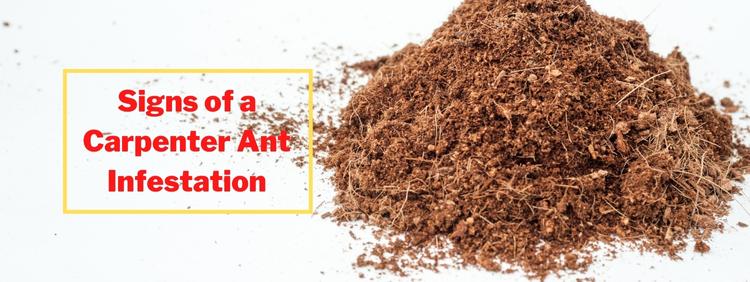 As a homeowner, you know many things can damage a home, from water to the weather and everything in between. Out of all risks to your home, mother nature presents the most significant threat. In the summer, homeowners want to watch for carpenter ants and contact a carpenter ant pest control service at the first sign of an infestation.
As a homeowner, you know many things can damage a home, from water to the weather and everything in between. Out of all risks to your home, mother nature presents the most significant threat. In the summer, homeowners want to watch for carpenter ants and contact a carpenter ant pest control service at the first sign of an infestation.
Warning Signs of Carpenter Ants
Carpenter ants are often larger, but the species is polymorphic, meaning the species contains various-sized workers. There are flying and wingless ants in a colony, and the sizes can range from 3.4 mm to 13 mm. You will probably notice each type of ant at different stages of colony development. Experts suggest there are four levels of carpenter ant infestations.1. Appearance of Worker Ants
In the first stage of colony development, you will notice worker ants outside of the colony as they search for food. However, because a carpenter ant's diet consists of items it can get outside of your home, they are more likely to appear outdoors. You may notice one or two scouts, but you will probably never see a large group of carpenter ants in your house. Carpenter ants are easily identified because they are among the largest ant species to get into homes. They are black, with a single node between the abdomen and thorax.2. Frass or Sawdust
While carpenter ants tunnel into the wood, they do not eat it like other insects, such as termites. The ants push the sawdust, or frass, out of the colony, usually leaving it under kick-out holes. Frass is often located in secluded areas, such as basements, crawlspaces, or attics. When looking for evidence of carpenter ants, look for sawdust stuck on walls or in tiny piles.3. Flying Ants
Many people believe the sight of flying ants is the beginning stage of a carpenter ant nest, but that is incorrect. Flying ants, or carpenter ant swarmers, are sent out from an established nest to reproduce and build more nests. If you notice flying ants inside your home or outside your windows, you may already have a developed nest on your property. The worst thing you can do is ignore the problem. The appearance of flying ants is a surefire sign to call a professional service.4. Damage
Finally, if you ignore the above warning signs and allow a carpenter ant colony to thrive, you will probably experience some type of property damage. If a colony gets large enough, it can cause structural beams to weaken and framing to warp. The most obvious signs of an established colony include:- Sloping floors
- Stuck windows and door
- Bulging walls
- Dipping ceilings

